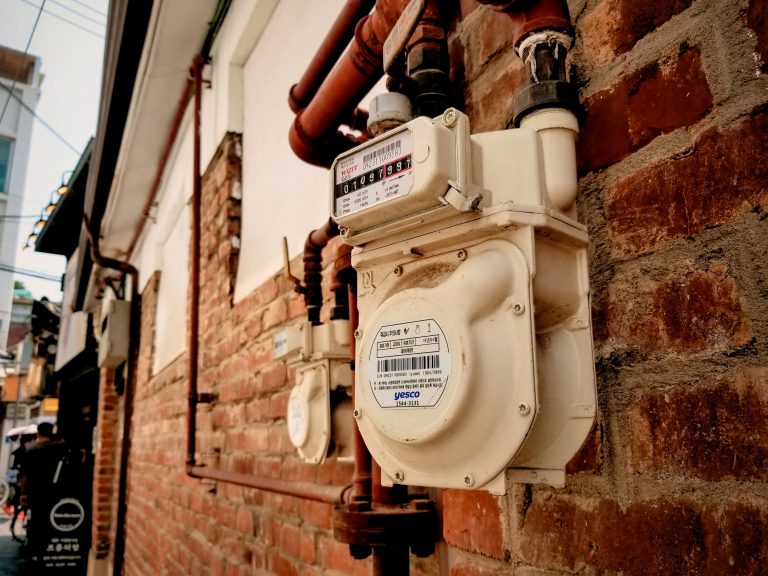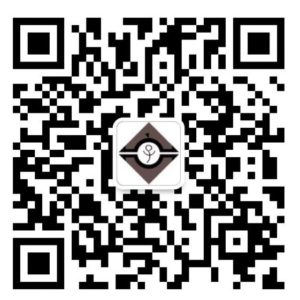Subtitles for a Subdivision

Translating Marketing and Settlement Documents
- Client: Glenvill Developments
- Translation Deadline: 16 Days
- Translation Size: 3.5-minute video, 6000+ Word Home Owners' Manual
If there is one industry that seems to never fail at bringing in the money, it’s the property industry.
Not only does the industry prop up the state coffers through mind-boggling amounts of stamp duty, but it also supports the nation’s declining media industries whose newspaper sales are being stolen by tech giants—ditto News Corp (The Australian) and Nine Entertainment (The Age) which respectively own majority stakes in the companies behind Realestate.com and Domain.com.
And now it seems that the property industry is supporting translators too.
Here at mbChinese, we were honoured to work with Glenvill Developments for their larger-than-life Yarrabend project—a massive 16-hectare development with over 2500 dwellings located along the banks of the (once) pristine Yarra River in inner-city Melbourne.
And if that sounds like we are doing marketing for Glenvill, then we aren’t surprised. Because after listening to their promotional video more than 30 times during the subtitling process, we have been pretty much fallen for their advertising—hook, line and sinker.
Really, who doesn’t want a home that comes with Tesla Powerwalls, a techno gym, artisan providores (we had to look that up too) and access to Onsen spas.
Feel free to go and brainwash yourself too, here’s Glenvill’s sales and marketing director Sam Tucker in the video we subtitled (without the subtitles).
Coming in at three-and-a-half-minutes with just over 500 words, this marketing clip was actually harder to translate than one might first imagine.
First, there were the practical issues. The video needed to be transcribed into English, after which time codes had to be created so that the English would display at exactly the right time. This was the easy part.
The hard part was the translation.
Marketing translation is a world apart from the more literal translations found in law and medicine.
And while you wouldn’t want to mix up your hypotension with hypertension, marketing, especially property marketing, is less about getting the words right and more about making the product attractive and sellable.
In a sense, it means that the translator has to become a copywriter.
Not an easy task given that every market has its own unique way of selling its product.
This meant that for the whole first day of this assignment, we didn’t touch a single dictionary, didn’t translate a single letter.
Instead, we spent the day researching how property advertisements are written in Chinese.
Only once we had identified a host of phrases and words that were used in Chinese property advertisements and blogs, once we felt that we were on top of Chinese property marketing lingo, did we dare pick up our translating pens.
This research is one of the greatest joys of the translation process, and it means that, for around two weeks, we here at mbChinese became property marketing experts.
Would you like an Onsen spa with that?
Translation Challenges
Each translation comes with its challenges, and often they turn up in the most unexpected places.
In this case, what we expected to be the most challenging part, namely the technicalities in the 6000+ word Home Owner’s manual, was actually the easiest.
All those complex nouns that appeared in this text, those ‘lift-off hinges’ to the bathroom door, the ‘permanent pile reversal shading’ on the new carpet or the ‘vinyl and lacquer soap’ used to clean the wooden floors were all relatively easy to translate.
The biggest challenge came in the form of a word so common and ubiquitous that it wouldn’t make you bat an eyelid, but one so difficult to translate that we were racking our brains (or as the Chinese phrase goes, ‘wringing our brain juice’) for days on end.
And the prize goes to…
Utilities.

That’s right. That simple palindrome-esque noun that stalks our inboxes in the form of water, gas and electricity bills, for some unknown reason, doesn’t like being translated into Chinese.
And it’s not like they don’t have gas bills in China. So why the difficulty?
Well, the issue is one that we might call a ‘classification dilemma’.
You see in English, or at least in the Glenvill settlement guide, ‘utilities’ refers to the service of gas, electricity, water, as well as internet and phone lines.
But in Chinese, there seems to be no noun that collectively refers to these particular things without, at the same time, referring to some other things.
The word that comes up in a Chinese dictionary for ‘utilities’ 公共(用)事业 literally, ‘public organisations’ is problematic because apart from being a word that is significantly less used than ‘utilities’ is in English, the word can also refer to public transport, railways and the post.
Another sticking point is that while this Chinese term technically refers to organisations that we might call ‘public utilities’, the use of ‘utilities in the Glenvill Home Owner’s manual was not in reference to the organisation, but to the service that was being provided.
To make matters worse, while China’s communist past has ensured that all utilities are state-owned, (i.e. ‘public’), some bright people in Victoria decided that privatising utilities would make them more efficient so that now we have a situation where our ‘public organisations’ are neither ‘organisations’ nor ‘public’.
So, what to do.
Well, here at mbChinese, we like to think about reader experience.
We are not ones for choosing little known, weird (but technically correct) words that you might find on a Chinese version of Star Trek or in the jargon of some appliance manual. Words that make you want to stop reading, that make you wish that there was a YouTube video that would tell you what to do instead.
No, translations are designed for their readers. And if their readers can’t read them, then we think they’re no good (Of course the context is important, we won’t water down a medical journal).
In the industry, this reader-focused approach is also known as a communicative translation approach.
It is one that focuses on the communicative element, getting the message across, ensuring your readers can understand what is going on.
And this is the approach we took when translating ‘utilities’.
So how did we translate it?
…well that would be a trade secret.
But if you really want to know… feel free to get in touch and we’ll be happy to tell you.
